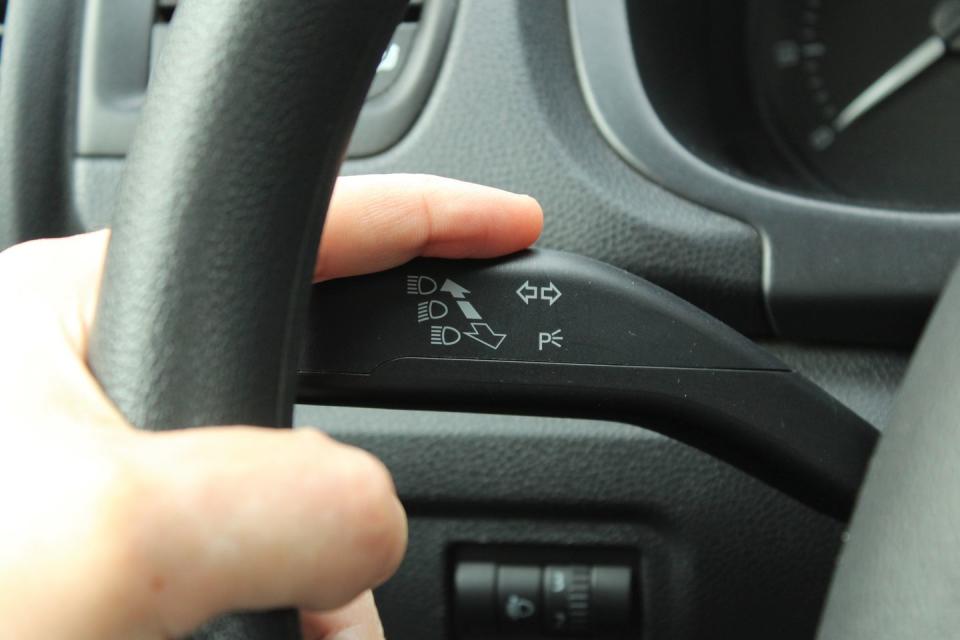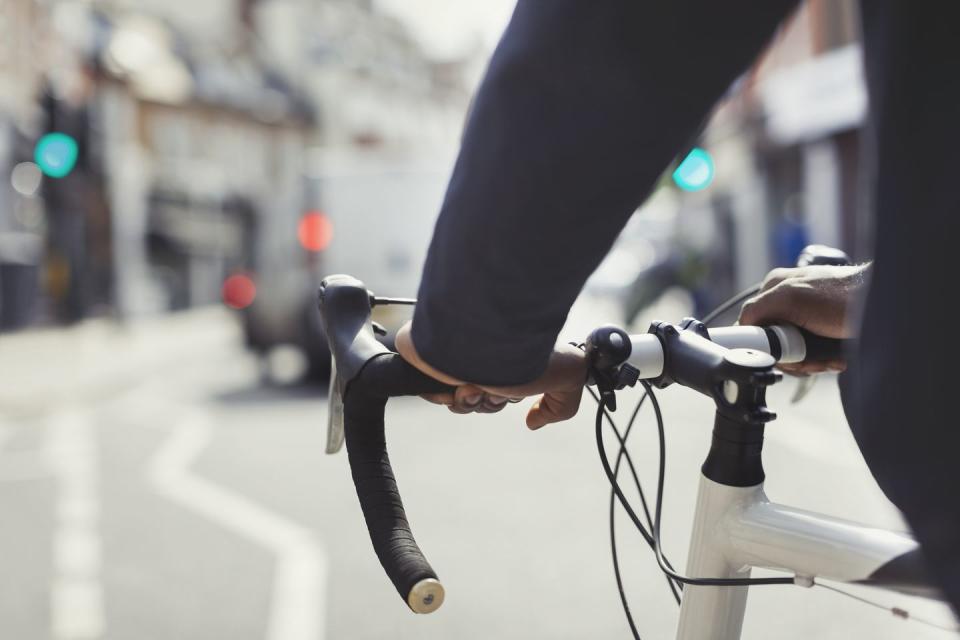QUIZ: Could You Still Pass a Basic Driver's-Ed Test?

You can get away with forgetting a lot of things you learned in high school, but how to drive definitely isn't one of them. The info you crammed while in line at the DMV likely isn't as fresh in your mind two, three, or more decades later-or maybe the rules of the road have changed since the last time you sat in a driver ed classroom.
We know our readers are highly skilled drivers, but these basic rules might have slipped from the memory banks. While passing the written test test once as a teen means you're technically set for life, we could all use a little refresher. The exact rules and regulations depend on your state, but brush up on the basics by answering the 10 common questions below:

ANSWER: 100
Turn signals aren't optional. We repeat, turn signals are not optional. Give the cars behind you ample warning before switching lanes, turning, or leaving a parking space, advises the New York Governor's Traffic Safety Committee.

ANSWER: Proceed with caution.
No, you don't have to come to a complete halt at a flashing yellow. Stay alert and look for road crews, turning cars, or other hazards, though.

ANSWER: At least 30 feet.
A truck's blind spots extend 30 feet behind the back of the trailer and 20 feet in front of the cab. The other "no zones" on the sides of the truck extend to the immediate left-hand lane and two lanes on its right, according to the Federal Motor Carrier Safety Administration. If you can't see the driver in the side mirror, assume the driver can't see you.

ANSWER: Slow to a stop.
It's tempting to avoid a red light, but you should never gun it through a yellow. Come to a halt unless you're extremely close to the light with insufficient time to do so safely. In that case, proceed at your current speed. You don't want to slam on the brakes and have someone rear-end you.

ANSWER: Pull over and stop.
Impatience gets the best of us yet again, but just imagine if it was you or your kid in the ambulance. Those precious minutes count, so yeah, you'd want to people to pull over ASAP.

ANSWER: Accelerate to blend into traffic.
Unless the on-ramp has a yield or stop sign, use the stretch to speed up and merge, looking for an opening in the flow of traffic. "Drivers behind you will not expect you to stop," advises the Connecticut Driver's Manual. "If they are watching the traffic on the main road, you may be hit from the rear."

ANSWER: Yield to oncoming traffic.
Whether you call a roundabout, rotary, or traffic circle, the rules are the same: Merge only when there's sufficient room for you to enter.

ANSWER: Low-beams.
The bright light from your high-beams will only reflect off rain, snow, or fog, making it more difficult for you to see, according to the New York DMV. That said, you should definitely turn on your headlights whenever you use your windshield wipers so other vehicles can see you.
Two other headlight reminders: Turn 'em on just before sunset and just after sunrise. Be considerate with your high-beams, switching them off when a vehicle approaches or when you're following another car.

ANSWER: The three-second rule.
While your driving instructor may have taught you the two-second rule, the United States National Safety Council now advises following the three-second rule. In case you need a refresher, that means staying at least three full seconds behind the vehicle in front of you.
Maintaining a safe trailing distance will give you adequate time to react to sudden slowing or stopping. (You can gauge it by picking a fixed point, and counting how long it takes for you to pass it after the car in front of you does.) Budget additional time if you're driving in bad weather, towing a trailer, etc.

ANSWER: He's about to turn right.
Every modern car has electronic turn signals, but you should still know the hand ones. Not only do cyclists, bikers, and antique-automobile drivers rely on them, but they could come in handy if one of your own lights go out. The last thing you want to do is pass someone who's extending a left arm straight out. That means they're about to turn left.
Score Your Test
('You Might Also Like',)

